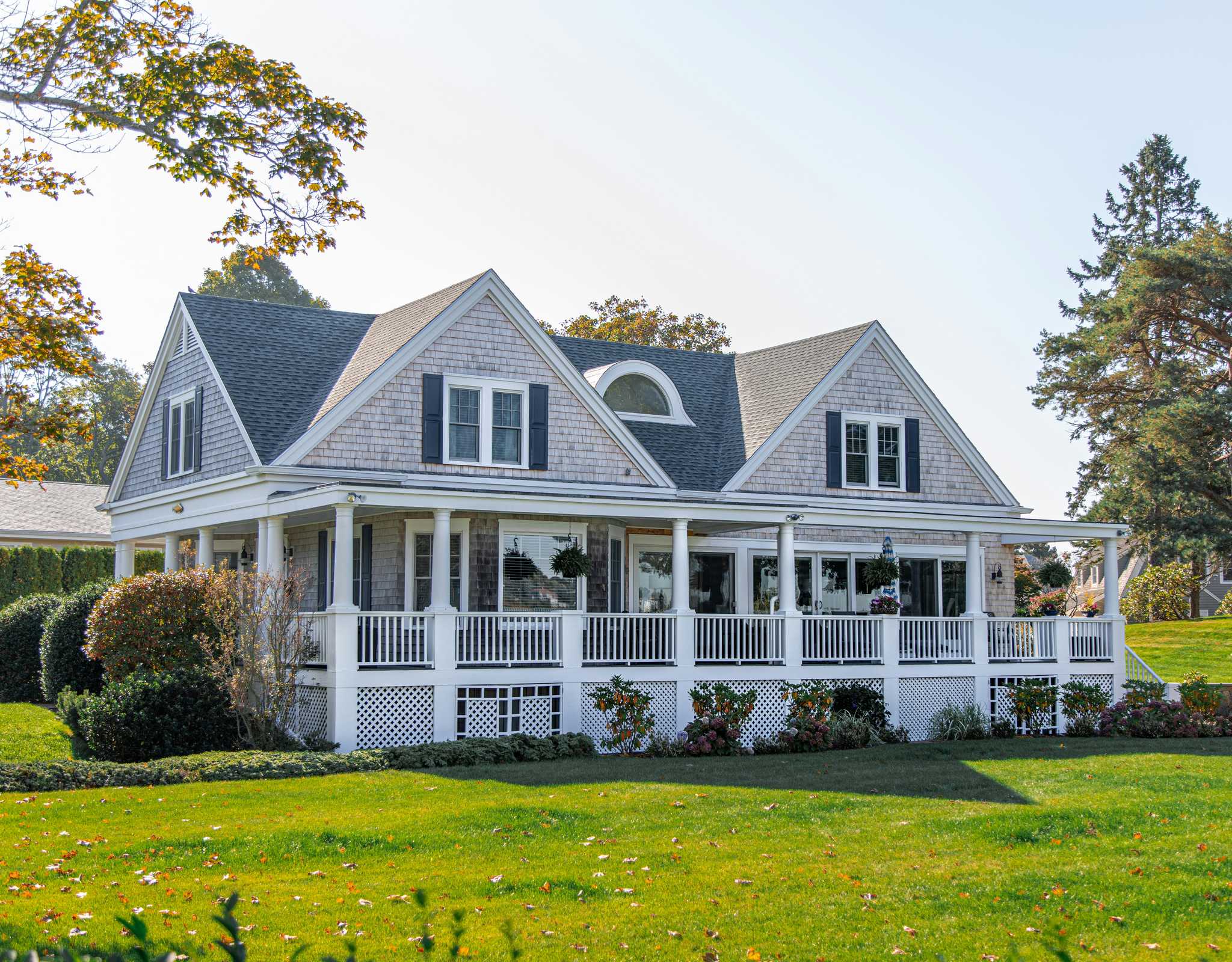Forgetting Being a Landlord in Canada: Invest in This Real Estate ETF Portfolio Instead
Last Updated:

Canada is in a housing crisis, and I want to be tactful here. The reality is that a lot of Canadians, especially the younger generation, are completely priced out of homeownership, let alone having the option to become a landlord. And frankly? I’m not a fan of landlording anyway.
Cap rates in Canada—the net rental income divided by the property value—aren’t even that attractive these days. Mortgage rates are still high compared to the COVID-era lows, and once you factor in the hassle of tenants, insurance, maintenance, and property taxes, it’s basically a full-time job.
That said, real estate has historically been a solid investment—a rare mix of capital appreciation and income, with low correlation to equities. And the good news is, you don’t need to own physical property to get exposure.
Here are two ETFs from BMO Global Asset Management that you can combine to earn monthly income from real estate and even do it tax-free if you hold them in a Tax-Free Savings Account (TFSA) or a First Home Savings Account (FHSA).
BMO Equal Weight REITs Index ETF (ZRE)
The Canadian REIT sector isn’t massive—the largest players are mid caps at best, with most others sitting in small-cap territory. That’s a problem when you use market-cap-weighted indices like the S&P/TSX Capped REIT Index—you end up overexposed to a handful of larger names while barely touching the rest.
That’s why I prefer something like the BMO Equal Weight REITs Index ETF (ZRE). It allocates equally across a portfolio of 20 REITs, based on the Solactive Equal Weight Canada REIT Index. The equal-weighting approach has a natural buy low, sell high effect during rebalancing—selling winners and adding to laggards mechanically.
ZRE is well diversified across all major REIT subsectors, though it’s biased toward retail and multifamily residential, which tend to have stable demand. There’s some diversified and healthcare exposure, minimal office (which limits your exposure to the ongoing commercial real estate time bomb), and a smattering of industrials like warehouses and logistics properties.

REITs are known for paying above-average distributions—though much of it is ordinary income, which isn’t the most tax-efficient. This ETF is no different, currently yielding 5.14%, with monthly payouts that make it attractive for income-focused investors.
One gripe: the 0.61% MER is expensive. If anyone from BMO is reading this—lower it to around 0.40% and ZRE would be far more competitive in a space where cost matters.
BMO Canadian MBS Index ETF (ZMBS)
While REITs give you real estate exposure, they still come with market risk. Yes, they hold property—but they also trade publicly, just like stocks, and are subject to the same kind of volatility that hits equities during corrections.
To dampen that volatility while still staying exposed to real estate, I like the BMO Canadian MBS Index ETF (ZMBS). It tracks the FTSE Canada NHA MBS 975 Index, offering exposure to a unique part of the real estate market: mortgage-backed securities (MBS).
In Canada, MBS are bundles of residential mortgages pooled together and sold as bonds. All of the MBS in ZMBS are issued and guaranteed by the Canada Mortgage and Housing Corporation (CMHC). That means the principal and interest payments are backed by the Canadian government, making them among the safest fixed-income assets you can own.
The fund has a portfolio duration of just 1.89 years, meaning minimal interest rate sensitivity. All of its holdings mature in under five years, and every security is rated AAA—as good as it gets for credit quality.

ZMBS is also much cheaper than ZRE, with a 0.17% MER, and it pays a 1.57% annualized yield with monthly distributions. If you're looking for low-volatility, high-quality real estate exposure, this is a rock-solid complement to an equity-heavy REIT position.
Putting it together
You can allocate between the two based on your risk tolerance, but I like a 75% allocation to ZRE for growth and income, paired with 25% in ZMBS for stability and reduced volatility. This blend gives you a weighted average MER of 0.50% and a weighted average distribution yield of 4.25%.
So, with this Canadian real estate ETF combo, you get a portfolio that’s still income-rich, but with less equity market sensitivity—and all without having to manage tenants, fix leaky pipes, or pay property taxes. Plus, you can own it in a registered account like a TFSA or FHSA!

